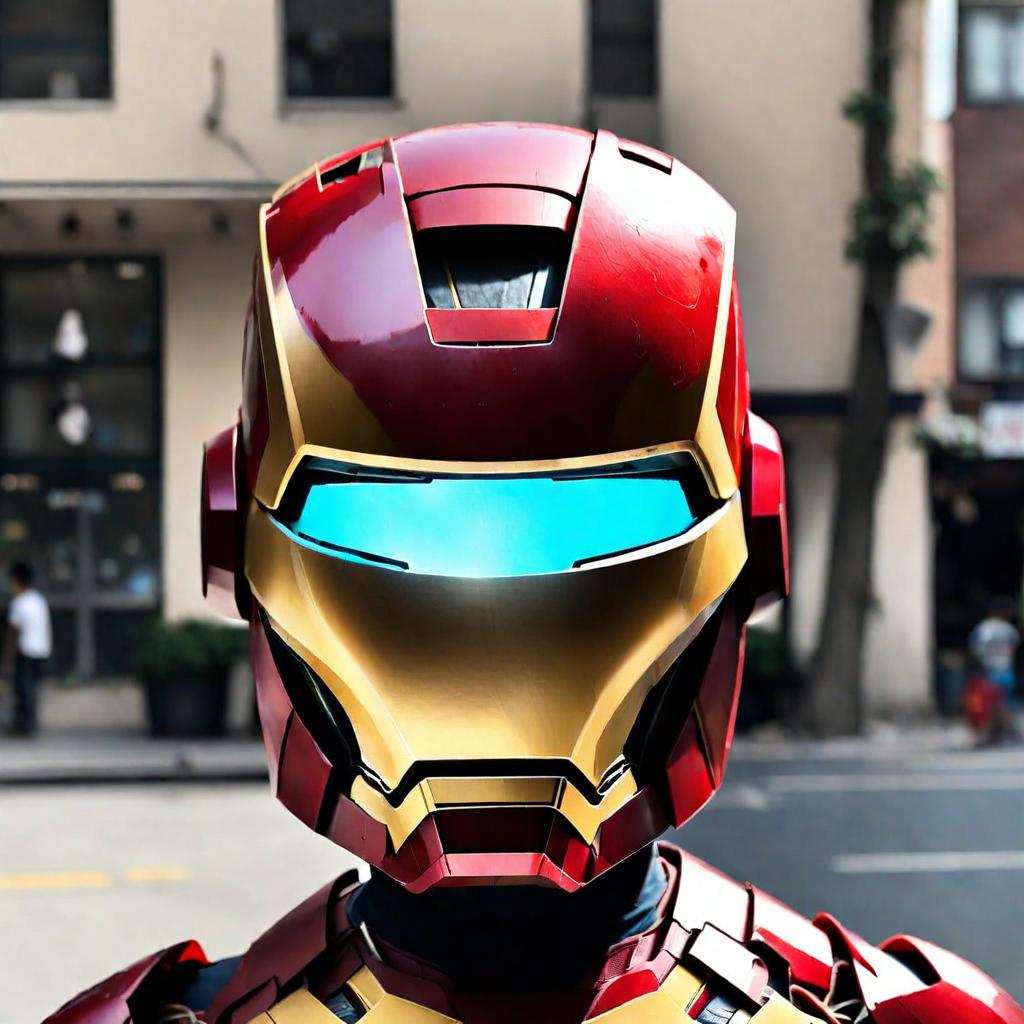In the world of cricket, where speed and power collide, the safety of players is paramount. One of the most crucial pieces of protective equipment for a batsman is the cricket helmet. This article explores the evolution, components, safety standards, and benefits of cricket helmets, helping players and enthusiasts alike understand its significance in the game.
Components of a Cricket Helmet
A cricket helmet typically consists of an outer shell, inner padding, a face guard or grille, and a chin strap. The outer shell, often made from high-density polycarbonate or fiberglass, provides a sturdy first line of defense against impact. Inside, layers of impact-resistant foam cushion the head, absorbing and dispersing shock effectively. The face guard, usually a metallic grille, protects the face and eyes from fast-moving cricket balls, while a secure chin strap ensures the helmet stays in place during play.

Types of Cricket Helmets
Cricket helmets have evolved significantly over the years. Traditional helmets offered basic protection, but modern designs feature advanced materials and innovative features. Customized helmets cater to individual player preferences, offering a blend of comfort, style, and safety.
Safety Standards and Regulations
The International Cricket Council (ICC) sets stringent guidelines for helmet safety in international and domestic cricket. Helmets must undergo rigorous testing and meet specific certification standards to ensure they provide adequate protection against impact forces. Compliance with these standards is crucial for player safety and is closely monitored by cricketing authorities worldwide.
Materials Used in Cricket Helmets
The materials used in modern cricket helmets are chosen for their durability and impact resistance. High-density polycarbonate shells and fiberglass reinforcements provide strength without compromising on weight. Impact-absorbing foams inside the helmet further enhance safety by reducing the force of impact during collisions.
Key Features to Look for in a Cricket Helmet
When choosing a cricket helmet, players should consider features like ventilation systems for airflow, adjustable fittings for a snug fit, and lightweight designs for comfort during long innings. These features not only enhance safety but also contribute to performance by keeping players cool and focused on the game.

Benefits of Using a Cricket Helmet
The primary benefit of wearing a cricket helmet is protection from potentially serious head injuries. By shielding the head and face from fast deliveries, helmets instill confidence in batsmen to face challenging bowlers without fear. This confidence translates into improved performance and focus, allowing players to concentrate fully on their batting technique.
Choosing the Right Cricket Helmet
Selecting the right cricket helmet involves careful consideration of size, fit, and quality. Proper fitting ensures the helmet sits securely on the head without obstructing vision or movement. Trusted brands known for their commitment to safety and innovation offer a range of helmets to suit different preferences and budgets.
Maintenance and Care of Cricket Helmets
To prolong the lifespan of a cricket helmet, regular maintenance is essential. Cleaning the helmet after each use with a damp cloth and mild detergent helps remove dirt and sweat buildup. Proper storage in a cool, dry place away from direct sunlight prevents materials from deteriorating over time. Helmets should also be replaced periodically, especially after significant impacts or visible signs of wear and tear.

Famous Incidents Highlighting Helmet Importance
Several incidents in cricket history underscore the critical role of helmets in player safety. From near-misses to life-threatening injuries, these events have prompted advancements in helmet design and stricter safety regulations across the sport.
Innovations and Future Trends
The future of cricket helmets looks promising with ongoing innovations in materials and technology. From integrated ventilation systems to smart features that monitor impact forces, manufacturers are continually improving helmet designs to enhance both safety and performance on the field. Sustainability initiatives are also gaining traction, focusing on eco-friendly materials and manufacturing processes.
Common Misconceptions about Cricket Helmets
Despite their proven benefits, some misconceptions about cricket helmets persist. Addressing these myths with factual information helps clarify safety concerns and encourages players of all levels to prioritize helmet use during practice and matches.

Conclusion
In conclusion, the cricket helmet stands as a crucial safeguard for batsmen in the modern game. Beyond its role in preventing head injuries, the helmet boosts player confidence and performance, ensuring a safer and more enjoyable cricketing experience for all involved.


